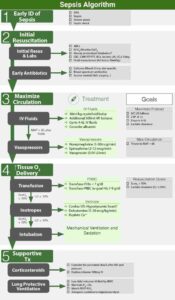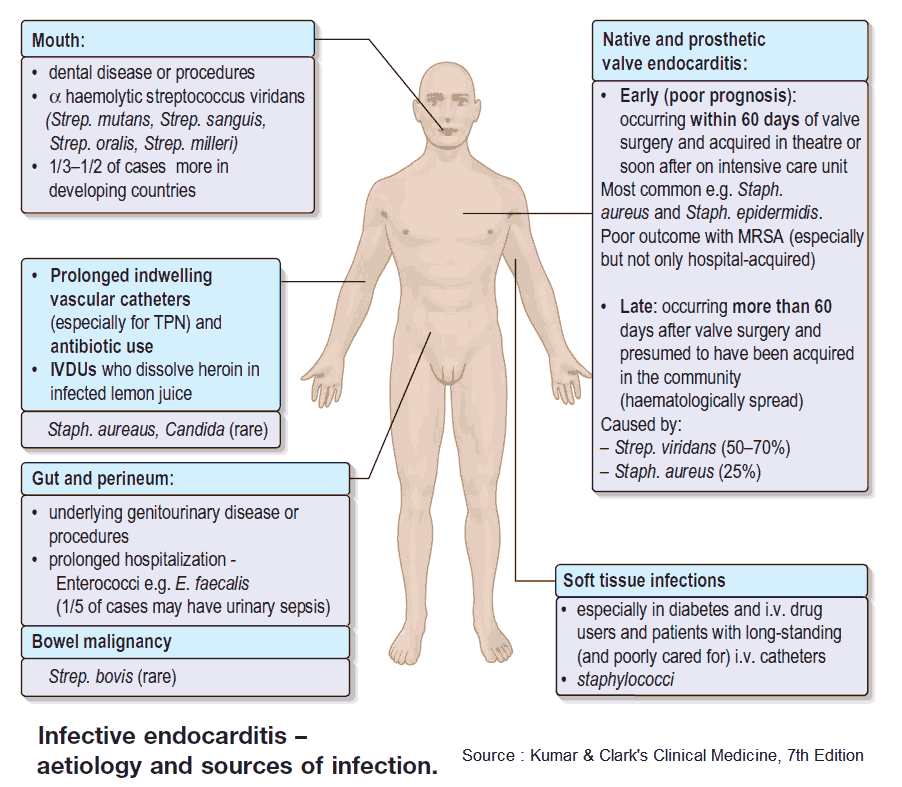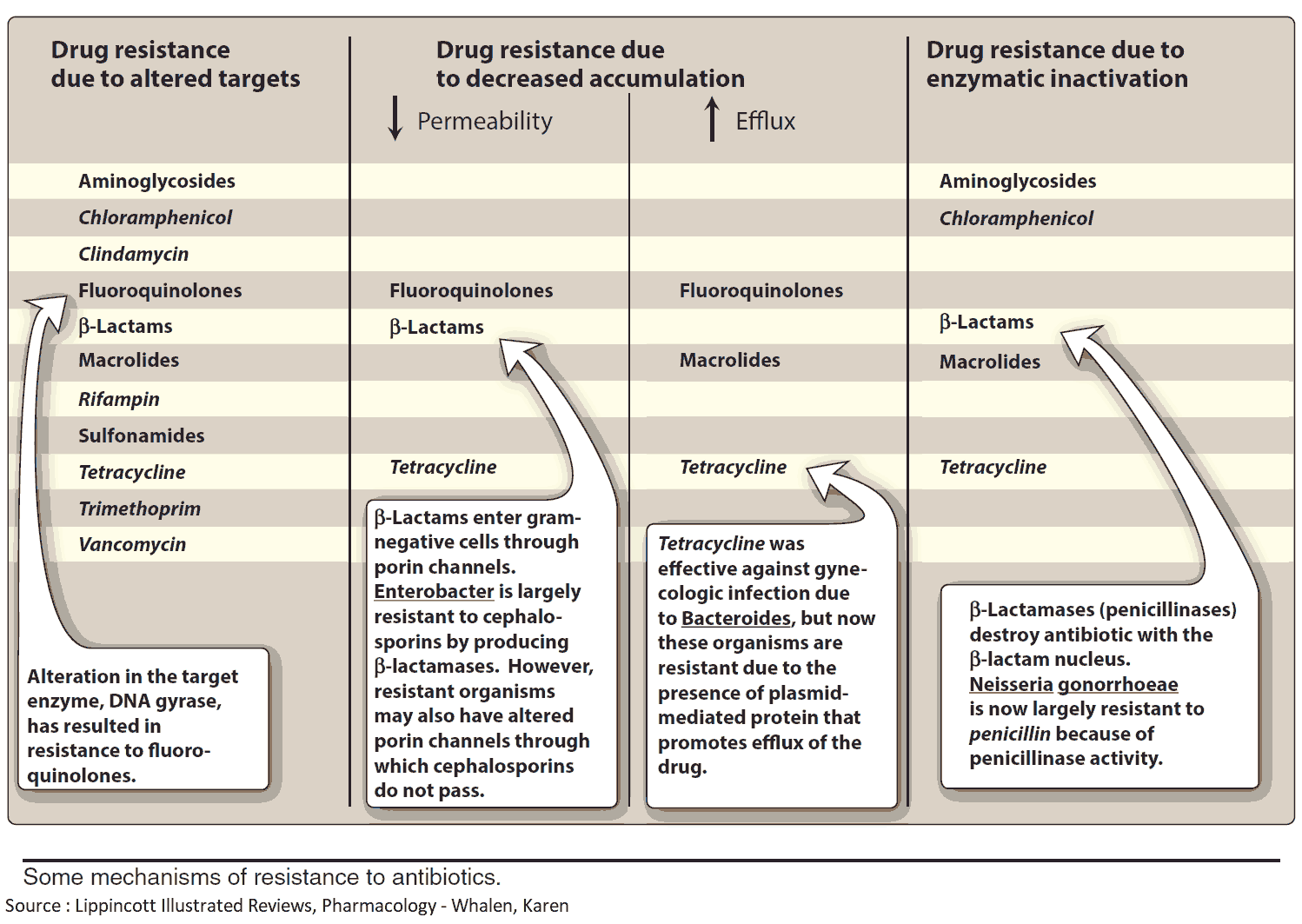Influenza, often referred to as the flu, is much more serious than a typical cold. It’s a contagious respiratory illness caused by influenza viruses that spread worldwide, contributing to a significant health burden each year.
According to the WHO, there are approximately one billion cases of influenza each year, with 3–5 million cases severe enough to require medical attention. The consequences are dire, contributing to an estimated 290,000 to 650,000 respiratory deaths annually.
While symptoms, which typically begin 1–4 days post-infection, might be mild for most, the infection poses a particularly severe threat to certain high-risk individuals. Therefore, understanding and implementing effective strategies to limit the burden of influenza on these high-risk groups is crucial.
Vulnerability in High-Risk Populations
High-risk populations face an increased burden from influenza due to a combination of weakened immunity, physiological changes, and chronic conditions.
Groups particularly vulnerable to flu-related complications include:
- Older adults, due to immune system decline (immunosenescence), which weakens their response to vaccines and infections.
- Pregnant women, as changes in immunity, lung capacity, and heart strain heighten their risk.
- Individuals with chronic conditions such as diabetes and heart disease, where diabetes impairs immune function and flu can trigger cardiovascular events.
- Immunocompromised individuals often experience prolonged illness and atypical symptoms.
- Children under age 5, especially infants under 6 months, face the most severe flu complications.
- Certain racial and ethnic minorities, who, according to the CDC, experience higher hospitalization rates linked to flu complications.
Vaccination Strategies for Vulnerable Populations
Improved vaccination strategies are vital for protecting high-risk populations from the infection. While annual flu vaccination remains the primary defense, tailored approaches can significantly improve outcomes.
Key strategies include:
- Using high-dose and adjuvanted vaccines in adults aged 65 and older to elicit stronger immune responses.
- Ensuring vaccination by October to provide coverage throughout the flu season, especially considering that immunity may decline faster in older adults.
- Implementing coordinated vaccination campaigns in nursing homes to boost individual and community protection.
- Vaccinating pregnant women with the inactivated influenza vaccine during any trimester offers protection through passive antibody transfer.
Addressing vaccine hesitancy with clear, evidence-based guidance is also crucial. According to Statista, 94% of seniors in Mexico were vaccinated in 2022, compared to just 8.6% in Poland. Coverage was also high in the UK (82.3%) and the U.S. (70.6%), highlighting the importance of proactive public health initiatives.
Advanced Care Coordination and Primary Care Leadership
Effective influenza management in high-risk populations demands more than vaccination. It requires a coordinated, patient-centered approach that spans the entire healthcare system. Vulnerable groups often face fragmented care, delayed diagnoses, and limited access to preventive services.
Addressing these gaps calls for leadership within primary care that is clinically skilled and deeply embedded in the communities it serves.
Family Nurse Practitioners (FNPs) are uniquely positioned to fill this role. Their advanced clinical training and holistic approach allow them to assess risk, develop individualized prevention plans, manage comorbidities, and coordinate with specialists.
FNPs also lead population-level strategies, including monitoring vaccine compliance and preparing for local outbreaks. For nurses seeking to enter this critical field, online post master’s FNP programs offer flexible, modern training.
According to American International College, this program combines coursework, clinical hours, and a brief residency to prepare nurses for culturally competent primary care. Its flexible online format makes it ideal for working professionals balancing career and education.
Rapid Diagnostic and Therapeutic Interventions
For high-risk individuals, early recognition and treatment of influenza are crucial to lessen illness severity and prevent complications. Rapid diagnostic tests, particularly molecular assays and point-of-care options, enable quick clinical decisions.
Antiviral therapy, ideally initiated within 48 hours of symptom onset, offers significant benefits. Oseltamivir, a common neuraminidase inhibitor, effectively reduces symptom duration and complications.
A US study found that hospitalized influenza A patients receiving oseltamivir on admission experienced less severe disease and reduced need for intensive care. This research, involving 840 patients across 24 hospitals, showed that nearly half received early therapy. For severe cases, intravenous peramivir or inhaled zanamivir are alternatives.
Ongoing surveillance for antiviral resistance is vital, potentially requiring combination therapies. Newer options like baloxavir marboxil, a single-dose regimen, are also being evaluated for their role in high-risk populations.
Addressing Social Determinants and Access Barriers
High-risk individuals often face compounded challenges from social determinants of health that limit access to timely influenza prevention and care. Factors such as low income, limited healthcare access, and geographic isolation contribute to lower vaccination rates and delayed treatment.
To mitigate these issues, healthcare systems should:
- Launch mobile vaccination clinics and conduct targeted community outreach.
- Partner with trusted local organizations and engage culturally competent health workers.
- Expand telemedicine access, walk-in clinic availability, and after-hours services.
- Provide insurance support and prescription assistance to reduce financial strain.
Frequently Asked Questions
What is the most effective way to reduce the risk of influenza transmission?
The most effective way to reduce influenza transmission is to get vaccinated annually, which protects against serious complications. Additionally, preventive actions like avoiding close contact with sick individuals and covering coughs are helpful. Regular handwashing also helps stop the spread of germs and lowers the risk of flu.
Does vitamin C help with the flu?
Vitamin C may help support the immune system, but evidence on its effectiveness in preventing or treating the flu is limited. It might slightly reduce the duration or severity of symptoms for some people. However, it is not a substitute for vaccination or antiviral treatment.
Why is influenza A so bad?
Influenza A is particularly dangerous because it mutates rapidly and causes widespread outbreaks. It’s classified into subtypes and strains, increasing its potential to infect more people. Unlike type B, influenza A evolves faster, leading to new strains each flu season, making prevention and control more challenging.
Reducing the burden of influenza on high-risk populations requires a comprehensive, multidisciplinary approach. Success relies on evidence-based vaccination, timely diagnostics and treatment, and addressing care barriers linked to social factors. Healthcare providers must maintain vigilance for emerging influenza strains and resistance patterns while advocating for policies that support vulnerable populations.
This article is a guest contribution submitted by a professional healthcare writer and reviewed for accuracy.



